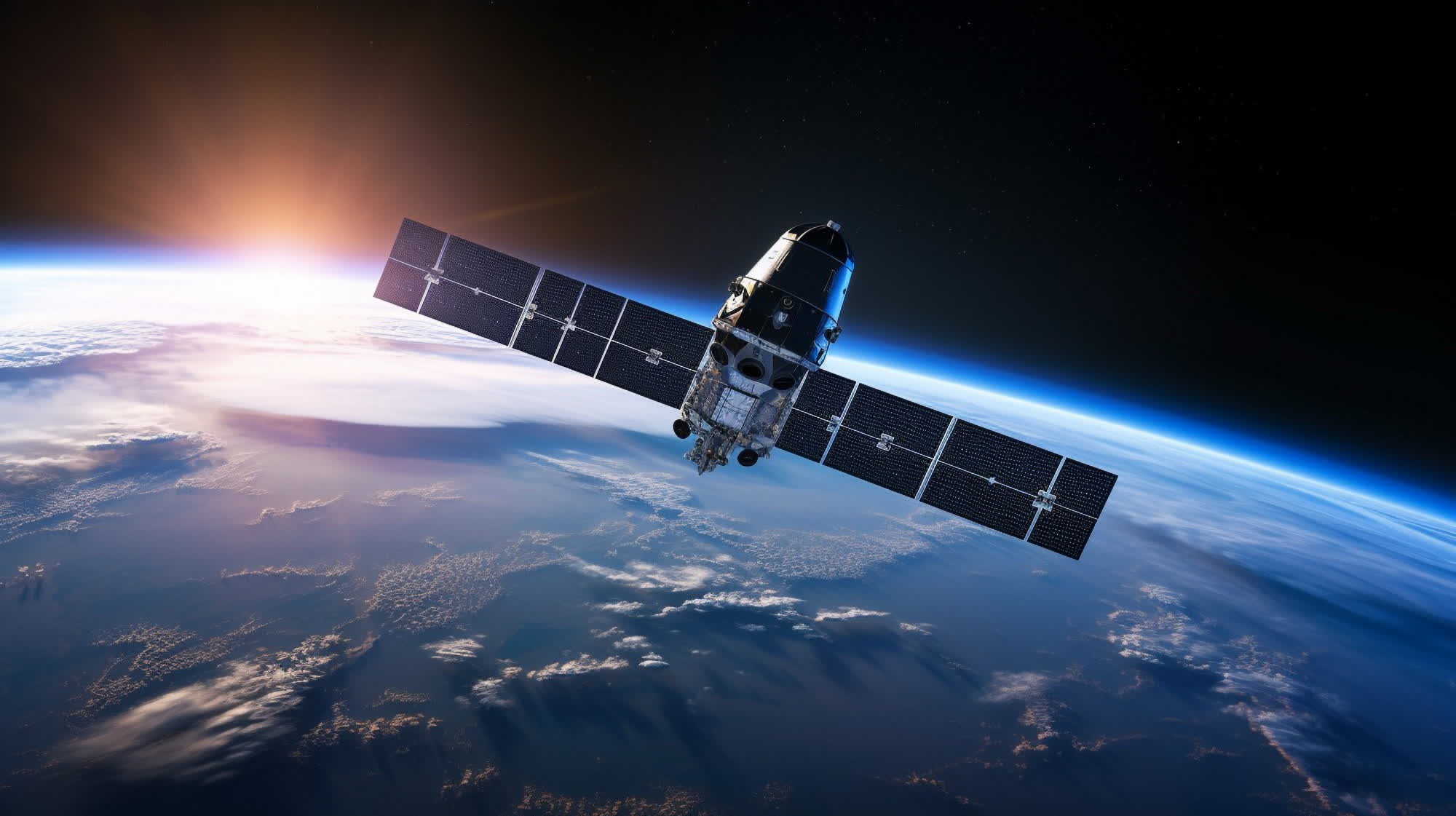Space Connectivity: Starlink is using SpaceX's technology to bring high-speed internet connections to regions of the world that lack reliable ground-based internet connectivity. Space lasers, as it turns out, are an essential building block if the company aims for true global coverage.
SpaceX engineer Travis Brashears recently revealed that the company is using laser connections to deliver over 42 petabytes of data for customers per day. Talking at SPIE Photonics West, a San Francisco event focused on optics and light tech breakthroughs, Brashears provided some interesting tidbits about Starlink's capabilities to effectively beam the internet from space.
According to the SpaceX engineer, Starlink satellites use 9,000 laser beams to exchange terabits of data every day. This technology enables the delivery of 42 million gigabytes of actual internet data to customers. The laser system can serve all of Starlink users at any given time in a two-hour window, Brashears revealed.
Starlink's controversial internet service mostly uses radio wave connections to provide customers with surface connectivity, while laser links are used to transfer data between satellites. The laser system can drive down latency and improve global coverage, and it can sustain 100Gbps connections per single link. Lasers create a mesh network in space, and are essential to retrieving data in zones around the world where no SpaceX ground station exists, like Antarctica.

Brashears stated that the system is very reliable, providing stable connections while thousands of Starlink satellites are orbiting the Earth. The satellite fleet is forming about 266,141 "laser acquisitions" per day, the engineer revealed, but some links can endure for weeks and reach peak transmission rates of 200 gigabits per second.
Starlink's lasers can also cut through Earth's atmosphere to retain a satellite link; they were able to connect two satellites that were over 5,400 kilometers apart. The laser routes can be "dynamically changed" by SpaceX within milliseconds, providing a 99 percent uptime as long as the nearest ground station can be reached.
Brashears further revealed that the laser system currently employed by Starlink satellites is based on a "Gen 3" design. The technology was recently upgraded to "Gen 4," and SpaceX can build 200 units per day as long as it uses off-the-shelf components to drive costs down. The company is also aiming to create a sustainable business, as all the components are designed to be "demisable" so they can completely burn when they reenter the planet's atmosphere.
